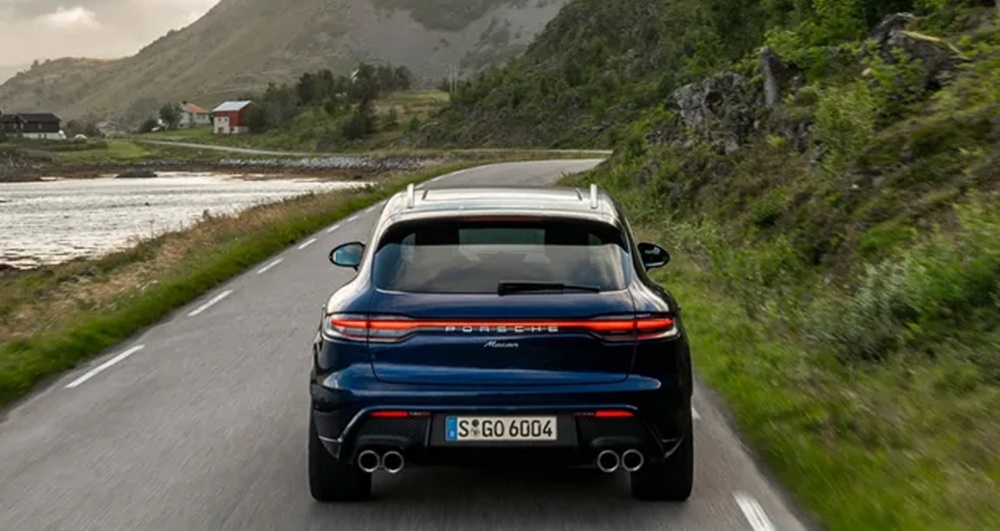Porsche takes successful SUV off the market
The Porsche Macan must be taken off the market - not because of the combustion engine, but because of cybersecurity regulations.

Porsche is withdrawing its Macan from the market in the EU early. The reason for this is new EU approval regulations, particularly in the area of cybersecurity.
No longer eligible for registration from July
From July 1, 2024, only vehicles that comply with the new cyber security regulations may be newly registered in the EU. Since the Macan’s platform does not meet these requirements, the model will no longer be eligible for registration from July.
This is the Porsche Macan
Porsche’s entry-level SUV was introduced in late 2013 and went on sale in 2014. The Macan (Indonesian for tiger) is based on the Audi Q5 and rolls off the assembly line in Leipzig. With around 87,000 vehicles delivered last year, it was number 2 behind the Porsche Cayenne. Current starting price: 69,895 euros.
Sales stop in spring
In order to ensure that vehicles that have already been ordered can be delivered and registered by the deadline, sales of the affected gasoline variant will be stopped in the spring. The transition to the new EU rules is particularly difficult because of the software problems in the VW Group.
New Macan coming in 2024
Nevertheless, the bestseller remains in the model range: ten years after its launch, the second generation of the Macan comes onto the market. The shapes of the SUV have remained the same. But underneath everything is new. Because the Macan is becoming an electric car.
The basic model is powered by a motor and could produce around 275 kW/375 hp. The top model has two electric motors and delivers 450 kW/612 hp, 172 hp more than the current Macan Turbo, which was discontinued in 2021. Acceleration from 0 to 100 km/h should take place in less than four seconds.
Elements from Porsche’s electric pioneer Taycan can be found in the interior of the e-Macan. These include three screens, improved voice control and a new head-up display that can, for example, optically project navigation arrows up to ten meters in front of the car.

